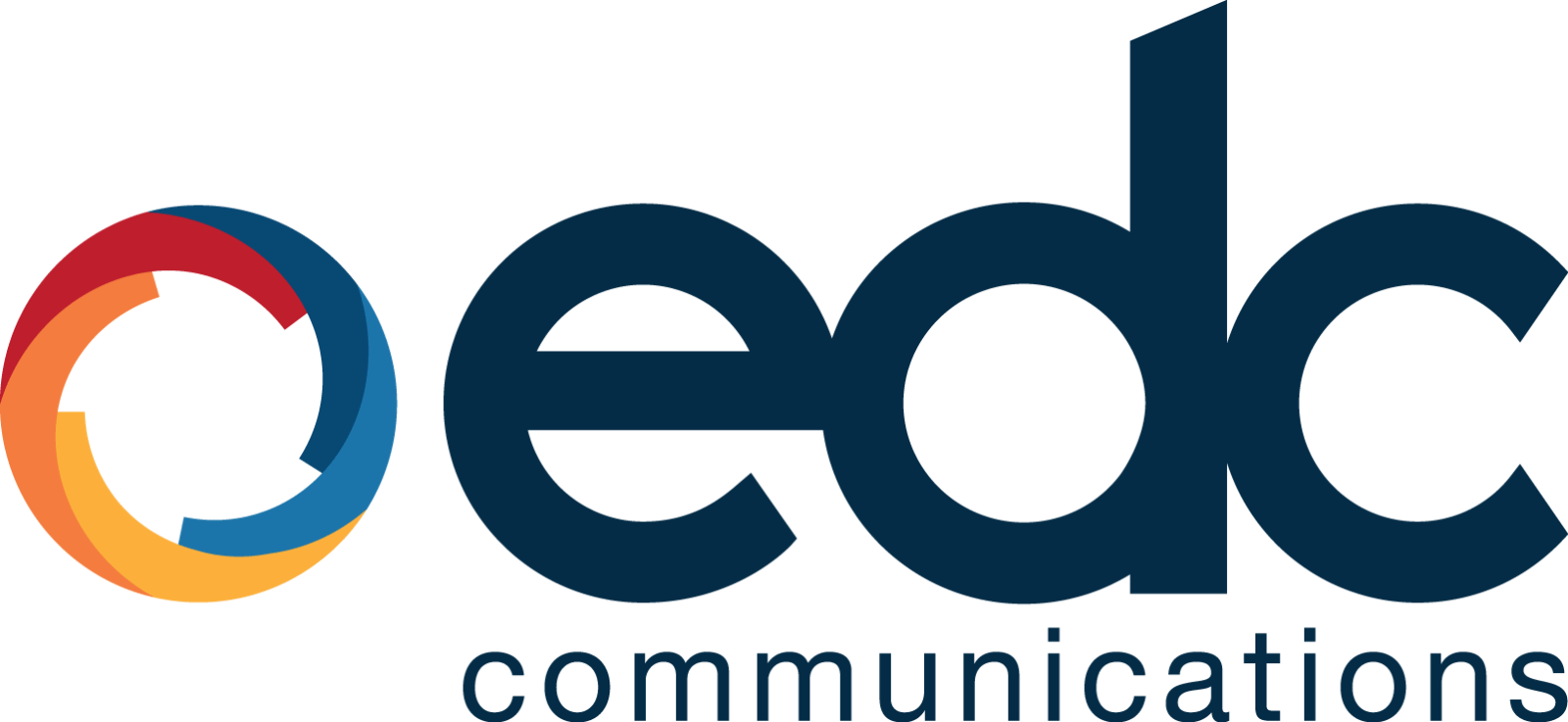“It’s not what you said; it’s how you said it.” We’ve all heard this phrase – whether from our parents, boss, partner, or our own mouth. Undoubtedly, there’s much more to what we are communicating than the words we use. Our body language, tone, reputation, and more, all affect how our message is interpreted. Here are five communication channels that come together to make a complete communicator – one whose intended message reaches their audience.
Message: what you say.
Your content is central to what you are communicating. What do you ultimately want your audience to know or do? Determine what you’re going to say – then go back through and cut anything that does not reinforce your key points. Unnecessary information will distract your audience. Carefully craft your message so that it is clear, concise, compelling, and customized. Make sure you are using the best possible words to communicate your key points.
Delivery: how you say it.
Now that you have your message, how will you get your point across? The way you deliver your content impacts what the audience sees, hears, and perceives. Focus on your tone, volume, facial expressions, gestures, and body language. Practicing your delivery and receiving feedback can be an excellent way to catch nonverbals you are unknowingly communicating.
Interactivity: getting your audience involved.
Even if your delivery is perfect, your message will not be heard if your audience is not actively listening. Building elements of interaction into your presentation keeps people involved. Ask questions. Request feedback. Run a small poll. Small tactics like this will encourage your audience to think about what you’re saying – increasing both attention and retention.
Messenger: who says it.
You are a central component to how your message is received. Credibility is key. Who does your audience believe you to be? If Bill Gates and Jimmy Fallon both gave the same presentation on the latest trends in technology, their audience would interpret their message vastly different. Build into your presentation why your audience should listen to you, why you’ve been asked to speak – it can make all the difference.
Visuals: how you show it.
People are visual. Used correctly, visuals such as presentation slides can reinforce your message and help your audience remember what you said. The bottom line with visuals is that they need to complement your message, not be a substitute for it. In other words, don’t let your visuals speak for you. Instead, keep the visual “noise” to a minimum by ensuring that each slide reinforces your key points.
Crafting these five channels of communication into your next presentation will help you engage your audience as you move them towards action. Happy presenting!

